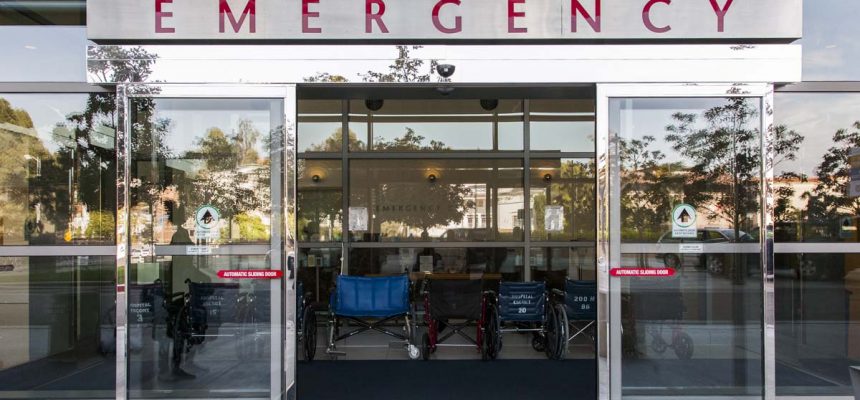Set Of Stitches Highlights Procedure Price Variations
By Consumers For Quality Care, on April 29, 2019

When Christine Jaschinski’s husband, Wolfgang Faust, cut his thumb while working with drywall, she thought she was diligent in deciding where to take him. America’s ER was close to their home, accepted their insurance, and offered both urgent and emergency care services, Houston Chronicle reports.
Jaschinski called ahead to get Faust into the urgent care and confirm that their insurance would be accepted. In the offices, Faust received seven stitches, a Tetanus shot, and instructions to come back later to have the stitches removed.
Four bills arrived for Faust’s care, totaling more than $4,220. The couple received separate bills from the facility and ER. Cigna, their insurer, picked up roughly half the costs. They were saddled with the rest.
Jaschinski had just fallen into the black hole of medical pricing, where billed charges make little sense and the true cost of treatment remains unknowable to the public and even to doctors who provide it.
For months, Jaschinski tried to battle the bill. One day, a bill clerk she was on the phone with let a surprising fact slip: it would have been cheaper for the couple to pay the bill out of pocket. It turns out, the difference was nearly 20 times as much.
After the billing clerk’s remark about paying upfront, Jaschinski went to the facility and asked the staff. She said she was told if she had paid cash and not used her insurance, the price for urgent care would have started at $200. For emergency treatment, the cash price would have started at around $700.
The prices consumers pay for procedures, even those as simple as stitches, vary widely from provider to provider. Moreover, the price initially billed very rarely reflects what consumers pay. Health policy experts say that providers often charge much more than they expect to collect at the end of the day. They say that the price of care is less rooted in what it is worth than what stakeholders, like insurers and hospitals, are willing to pay and accept.
“We don’t have a particularly unified or rational way of finding out what the value of health care is in this country,” said Christen Linke Young, a fellow with the USC-Brookings Schaeffer Initiative for Health Policy, a research partnership between the Brookings Institution and the University of Southern California. “Billed charges are effectively just made up.”
Even the physicians helping consumers often don’t even know the true cost of the care they are providing. Jaschinski says she was never able to figure out what the stitches her husband received were really worth.
“The prices are just fiction,” she said.
After over year of disputing the bill, Jaschinski paid $1,500 to settle.



